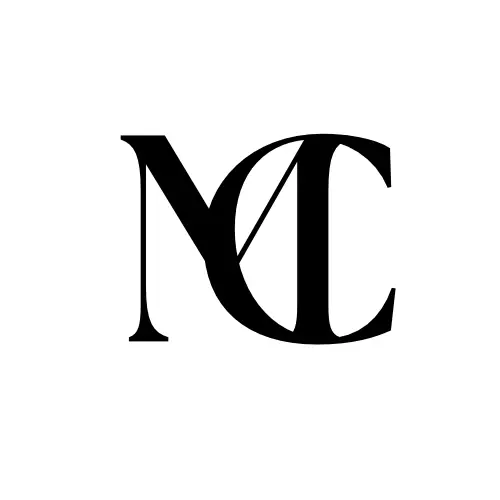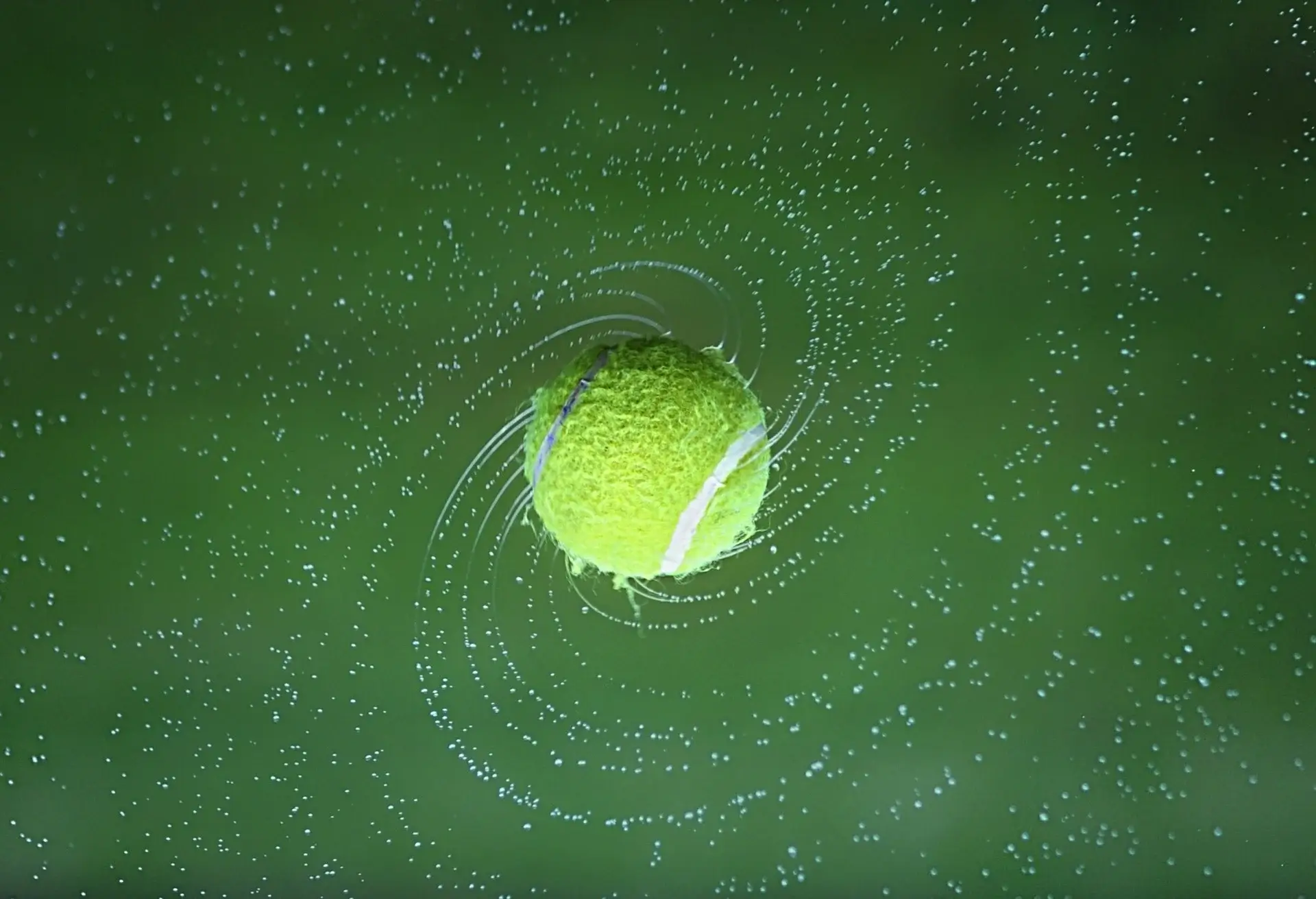After investing numerous hours exploring the nuances of the game and engaging with fellow tennis enthusiasts, I’m thrilled to share my insights on tennis etiquette. This crucial aspect maintains the revered traditions and competitive spirit of the sport. By adhering to proper tennis etiquette, we foster a respectful and enjoyable atmosphere on the court, mirroring my deep respect for the game’s intricacies.
This guide to tennis etiquette is designed to guide players through the do’s and do n’ts from the moment they step onto the court, ensuring a harmonious and sportsmanlike environment. Adhering to these guidelines, which range from pre-match preparations to post-match courtesies, enhances the overall experience for players, officials, and spectators alike, reinforcing the values of integrity, fairness, and respect that are integral to tennis.
Key Takeaways
- Understanding and adhering to tennis etiquette enhances the sport’s integrity.
- Respectful behavior before and during the match promotes fair and enjoyable play.
- Post-match and club etiquette reflect an individual’s commitment to sportsmanship.
Fundamentals of Tennis Etiquette
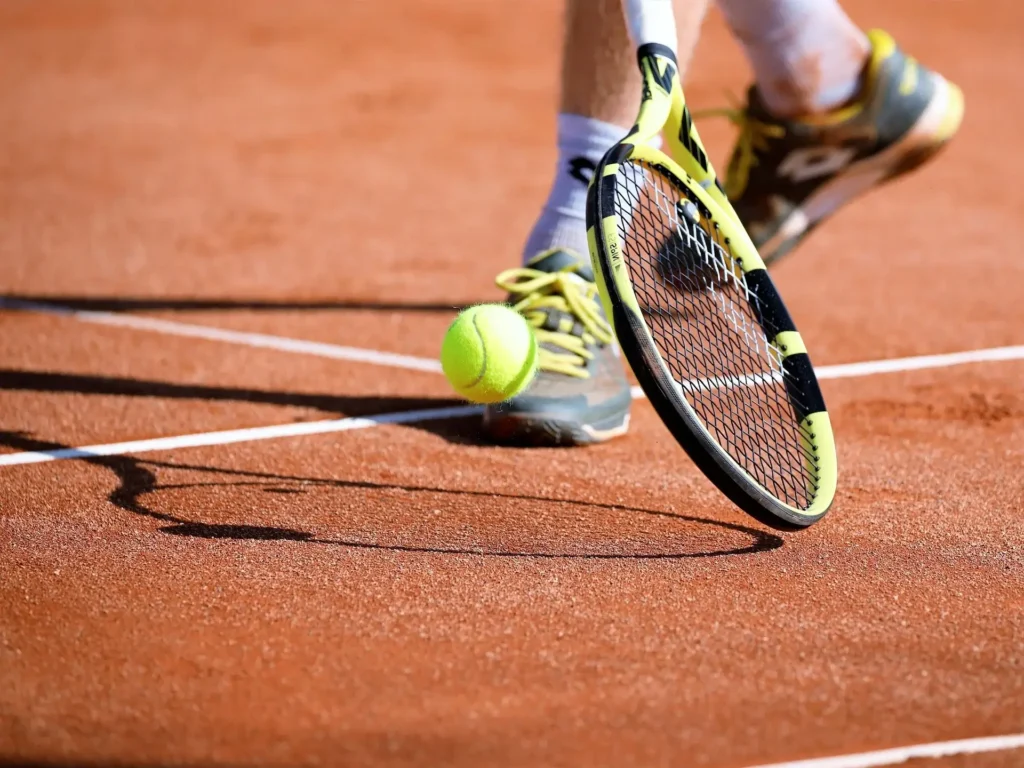
Tennis is a sport rich in tradition, where proper etiquette is just as important as the skillful play. I’m here to guide you through the essential practices that respect both the game and its participants.
Understanding the Basics
The rules of tennis are clear-cut cut, and respecting them is fundamental to playing the game fairly. When I’m on the court, I always ensure to:
- Serve within the bounds of the service box.
- Allow my opponent to focus during their serve by avoiding unnecessary noise or movements.
- Acknowledge if my ball was out instead of waiting for a call.
Respecting the Game and Players
Fair play is paramount in tennis, meaning I must respect my opponent and the game itself. Here’s how I practice this:
- Always shake hands with my opponent after the match.
- Call my own balls fairly, regardless of the score.
- Remember that good manners on the court reflect my character off the court.
The Role of Spectators
As a spectator, my behavior impacts the players’ experience. I follow these practices:
- Applaud good play from both sides.
- Remain silent during points to not distract players.
- Show appreciation for the match, regardless of the outcome.
Before the Match
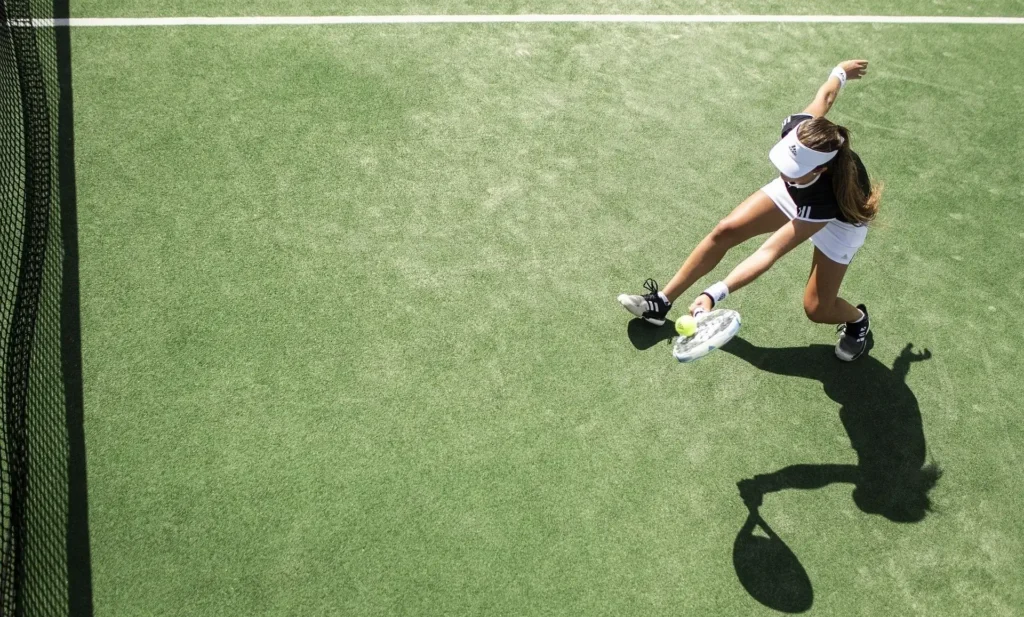
As I get ready for a tennis match, it’s important to me that I respect the game and my opponent. This means preparing the court properly, following warmup etiquette, and starting the match with the right protocols.
Court Preparation
I always ensure that the court is playable before we start. This involves making sure that any debris is cleared and the net is set at the correct height. I check that there are enough fresh tennis balls on hand and that they are suitable for the court surface we’re playing on.
Warmup Etiquette
During the warmup, I limit my practice to five minutes, as playing fair is crucial to me. I hit a variety of shots, including:
- Forehands and backhands
- Volleys
- A few practice serves
This time is not for trying to win points, but to get a feel for the court and the conditions. I make certain that I’m courteous, taking turns at the net, and ensuring I hit the ball at a moderate pace to my opponent.
Starting the Match
When it’s time to begin, I approach the net to shake hands with my opponent. It’s just the friendly thing to do, a way of wishing each other a good match. We then decide who will serve first, often with a racket spin or coin toss. Before the first serve, I ensure we’re both clear on the rules for calling the score out loud to avoid any confusion later on. The match starts with a respectful atmosphere, as I believe fair play defines the spirit of the game.
During the Match
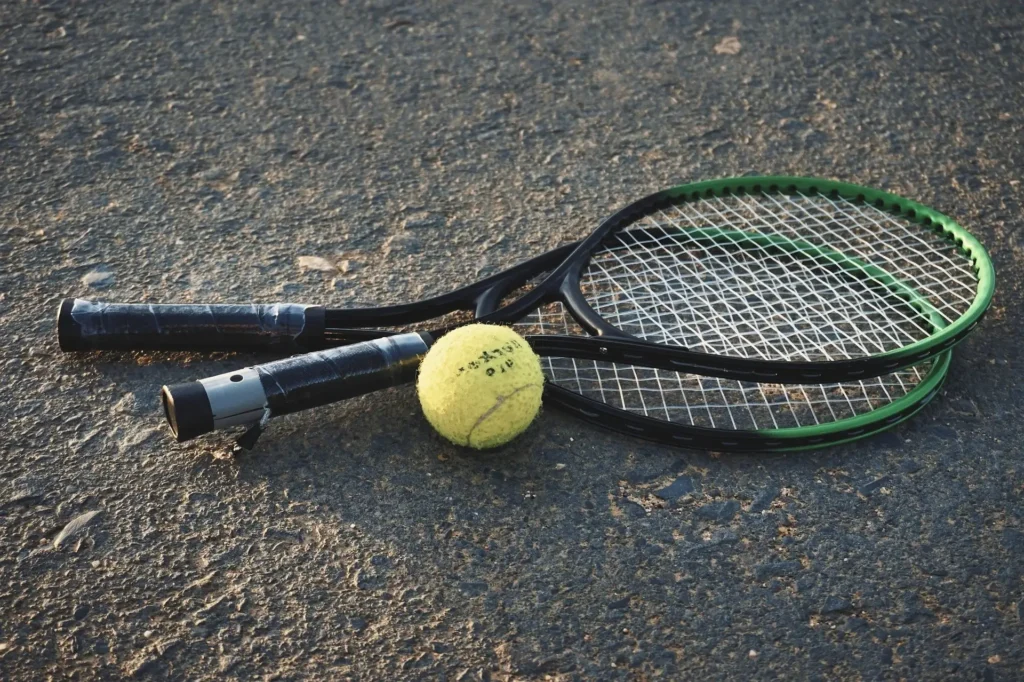
Maintaining proper etiquette during a match is as crucial as the physical gameplay. It ensures a respectful and fair environment for both players.
Scoring and Calls
When I’m keeping score, clarity and honesty are my top priorities. After each point, I announce the score loudly and clearly, ensuring my opponent hears it. I always do this in a server-first format, for example, calling out “15-love” if I’m the server and I won the first point. For line calls, when the ball is on my side of the court, I’m responsible for calling it. I follow the principle of giving the benefit of the doubt to my opponent—if I’m unsure whether the ball was in or out, I call it in.
Server and Returner Responsibilities
As the server, I begin the point by ensuring my opponent is ready before serving. I never rush through my serve as it is against the tennis etiquette. If my serve clips the net and lands in, I call a let and serve again. As the returner, I respect the server by preparing promptly and not causing unnecessary delays.
Handling Distractions
Distractions can come in various forms, whether it’s noise from an adjacent court or a sudden interruption. In case of an unexpected distraction, I always remain courteous. If someone walks behind the court and I’m about serve, it’s polite to wait for them to pass. If such distractions occur during a point, I may choose to play through if it’s minor or politely signal to replay the point if it’s significant.
Specific Match Scenarios

Knowing how to handle specific match scenarios is crucial for maintaining sportsmanship and enjoying competitive play in tennis. Let’s take a closer look at etiquette in singles and doubles matches and how to navigate disputes.
Doubles Match Dynamics
When playing doubles, communication with my partner is fundamental. We often discuss strategies discretely and always signal our intentions for poaching or switching sides. It’s important to respect both our opponents and each other, as doubles require a harmony between four players rather than just two.
Dealing With Disputes
Should disputes arise, it’s critical to stay calm and remain friendly. Arguments tend to escalate quickly, but I find that discussing the issue civilly often resolves the matter. If we can’t agree, we replay the point. Tennis is a gentleman’s sport after all, so keeping the spirit of the game alive is my top priority.
Post-Match Etiquette
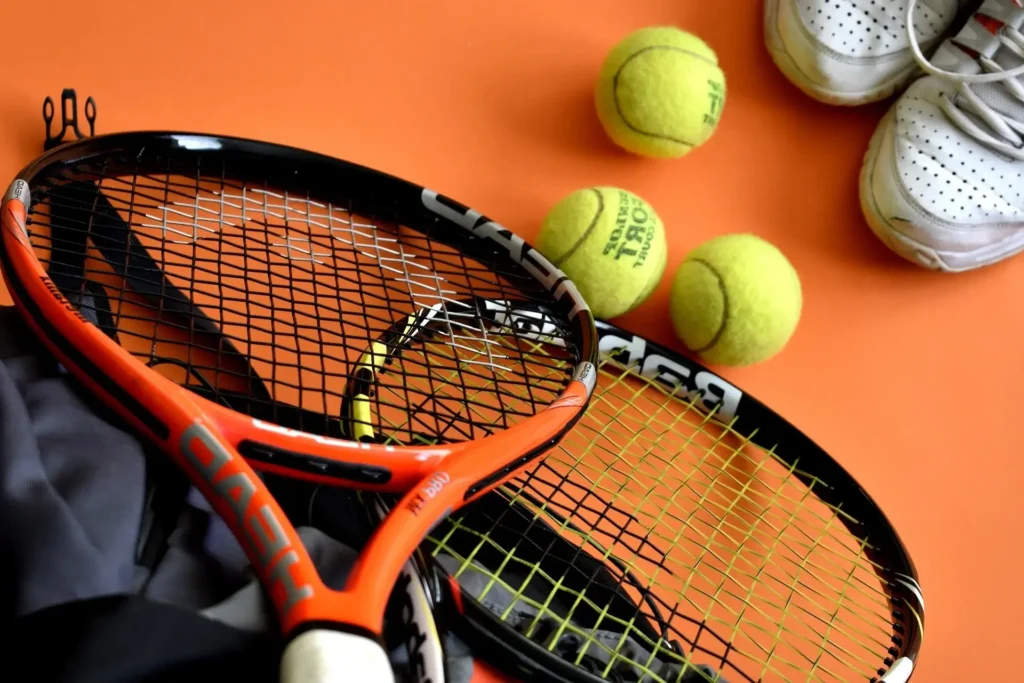
After the final point is played, certain customs foster respect and fellowship among tennis players. Here’s how I handle the essential post-match traditions to leave a positive impression.
Concluding the Game
When the game is over, I always acknowledge my opponent’s efforts, regardless of the outcome. It’s crucial to maintain a gracious demeanor whether I win or lose. Victory doesn’t warrant excessive celebration on the court, just as defeat doesn’t justify displays of anger or frustration.
Shaking Hands and Congratulating
The handshake is a time-honored gesture that I believe signifies sportsmanship. I approach the net, extend my hand, and offer a firm shake, coupled with a congratulatory word or two if my opponent has won, or a ‘thank you for the game’ if I’ve emerged victorious. A simple “Good match” can go a long way.
Leaving the Court Properly
I make it a point to leave the court promptly and in order, which is particularly important if other players are waiting. I gather my equipment, dispose of any trash, and if I’ve won, offer to help collect the tennis balls. It’s my way of showing respect to my opponent and the next players using the court.
Club and Tournament Etiquette
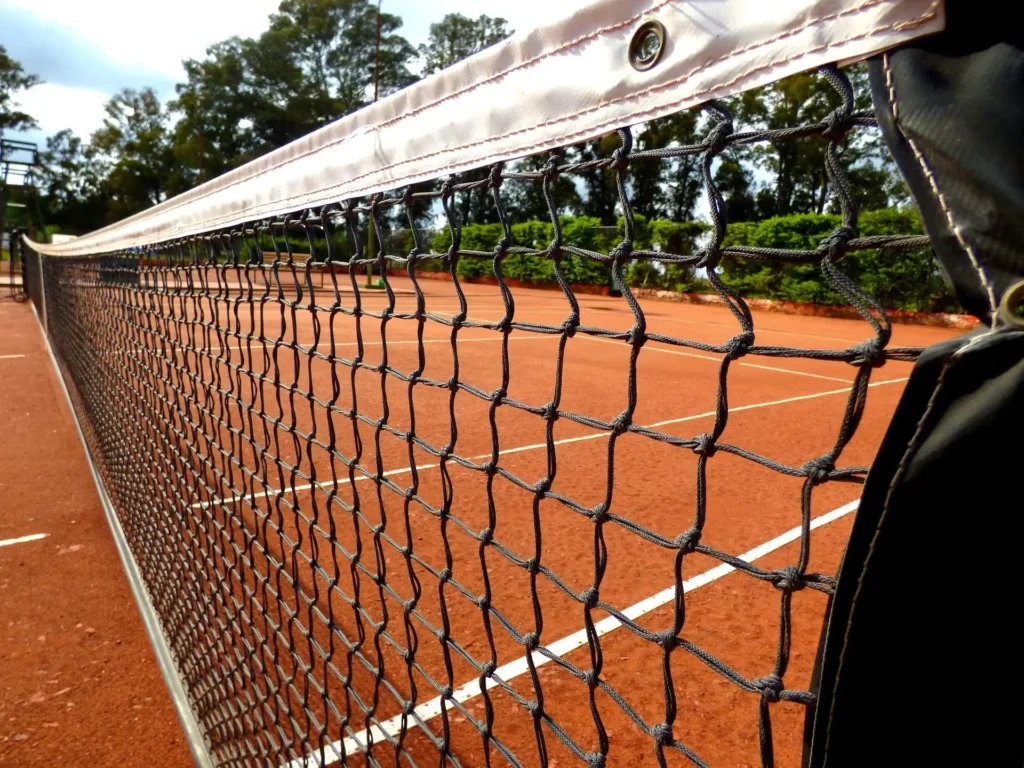
When I step onto the court at a club or participate in a tournament, it’s important to follow a code of conduct that is accepted internationally, including by the International Tennis Federation (ITF). This ensures that the game is enjoyable for everyone involved and upholds the traditions of sport, like those observed at Wimbledon.
Behavior at Clubs
I find it imperative to respect the facilities and other members at clubs. Here’s how I make sure my conduct is up to par:
- Reserve Courts Appropriately: I always book my court time in advance and leave the court promptly when my allotted time is over.
- Dress Code: I adhere to the specific dress code, if any, that my club enforces.
- Proper Footwear: I wear appropriate tennis shoes to avoid damaging the courts.
It’s also common courtesy to avoid loud conversations that could distract players on adjacent courts.
Tournament Conduct
Tournament etiquette takes on even more gravity. Here are some key aspects of my behavior during these events:
- Following ITF Rules: I familiarize myself with and follow the specific rules and guidelines set out by the ITF, as tournaments often adhere to these.
- Sportsmanship: Whether I win or lose, I maintain a high level of sportsmanship—congratulating opponents and avoiding negative outbursts.
- Match Preparation: I arrive early for my matches, warmed up and ready to play, to prevent any schedule delays.
At tournaments, especially international ones, the spotlight on player conduct is brighter, so I ensure my actions on and off the court reflect respect for the game, fellow competitors, and the broader tennis community.
Advanced Etiquette Tips
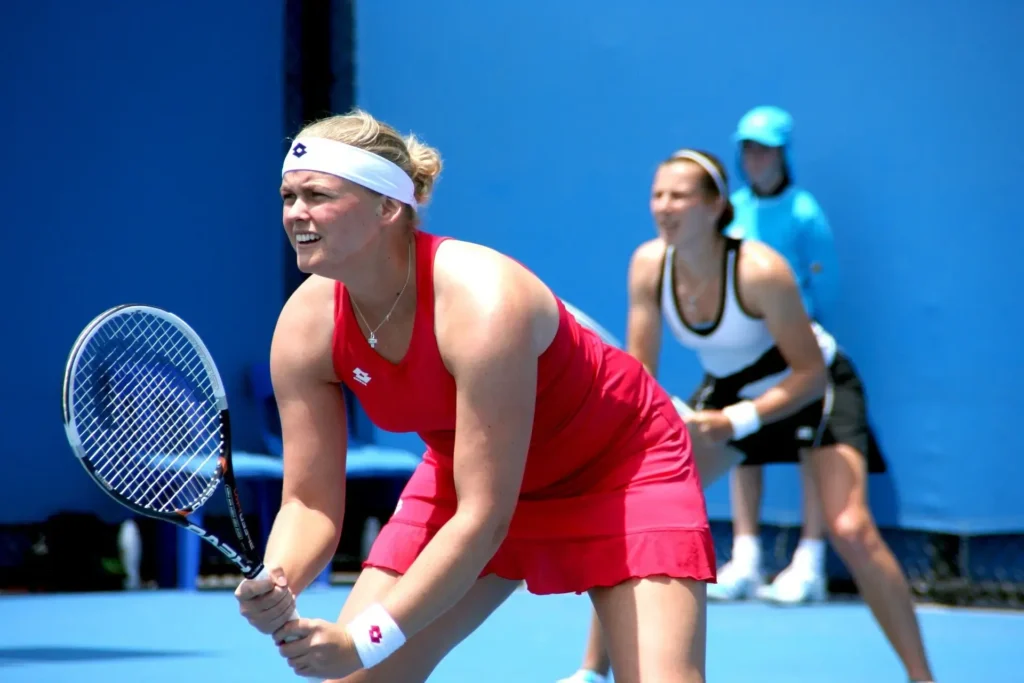
As a seasoned player, I appreciate the nuances of tennis etiquette that go beyond basic manners. These advanced tips encompass the game’s subtleties, ensuring that I uphold the highest standards of conduct.
Unwritten Rules
There are unwritten rules in tennis that embody the grace of the sport. For example, if a ball from an adjacent court rolls onto my court, I patiently wait until the point is over before sending it back. Also, it’s considered a poor form to celebrate my opponent’s faults or misfortunes excessively.
Handling Rare Situations
Occasionally I encounter rare situations on the court. If I’m unsure whether a ball is out or not, I give the benefit of the doubt to my opponent. In cases of a serve hitting my body or clothing, even if unintended, I ensure it’s clear that it is still my opponent’s point, maintaining dignity and fairness in play.
Etiquette for Competitive Players
As a competitive player, my conduct on the court reflects my respect for my opponent, the officials, and the game itself. I adhere to a policy of graciousness in both victory and defeat, shaking hands with my opponent and the chair umpire after the match. My goal is to compete with a spirit that upholds the rules of tennis etiquette.
Etiquette Beyond the Court
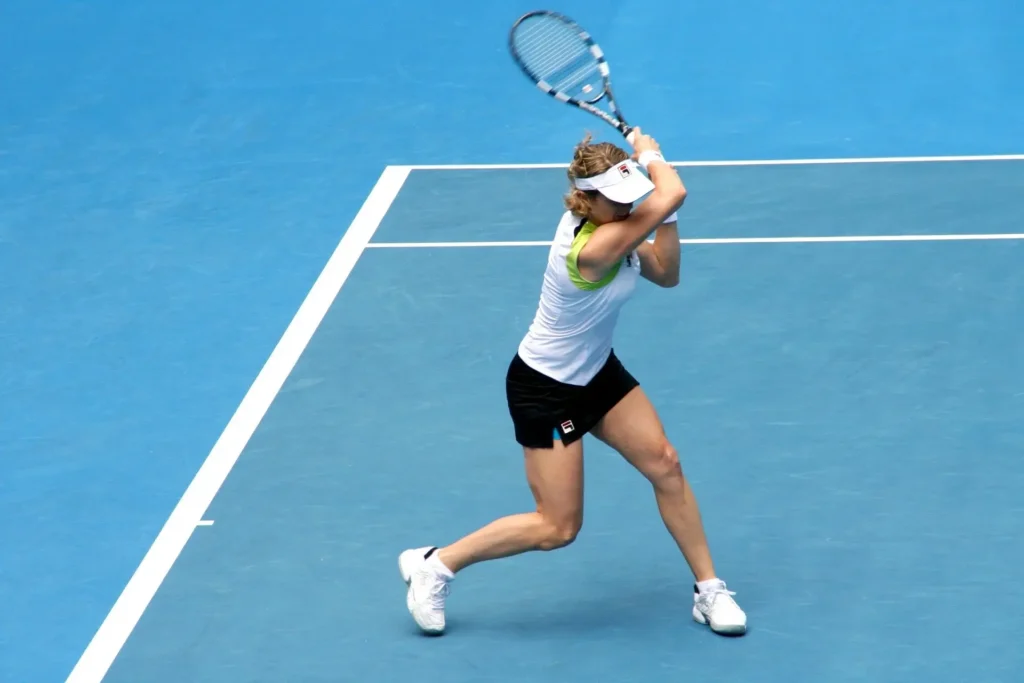
I’ve found that tennis etiquette isn’t just about what happens during the match—it extends to how I interact with everyone involved, including coaches and parents, and how I conduct myself in social settings related to tennis.
Interacting With Coaches and Parents
When it comes to coaches, I need to show respect and gratitude. I make sure to actively listen and engage when they are offering me advice or feedback. If I need to use my cell phone during a conversation, I always excuse myself or better yet, I ensure my cell phone is turned off or on silent mode to avoid interruptions.
When I interact with parents, whether mine or another player’s, I maintain a demeanor that’s both respectful and appreciative. After all, they often play a significant role in supporting their children’s tennis journey. I believe in greeting them warmly and expressing my thanks for their support, especially if they’ve been involved in organizing events or supporting the team in any way.
Tennis Etiquette in Social Settings
In tennis-related social settings, I always dress appropriately for the occasion. If it’s a casual event, I’ll go for something comfortable yet neat, while more formal functions may require a step up in attire.
I keep in mind that my demeanor off the court can be just as important as on it. This means being friendly, inclusive in conversations, and showing genuine interest in the people I meet. I also try to be mindful of the setting and keep my cell phone use to a minimum, ensuring it doesn’t distract myself or others.
Cultural and Historical Perspectives

As a long-time enthusiast of the sport, I’ve observed that tennis etiquette reflects the game’s rich history and cultural significance. This section delves into how manners on the court have evolved and varied across cultures.
The Evolution of Tennis Etiquette
Tennis etiquette originated in 19th-century France, where it was a game played by the royals and gentry. Considered a demonstration of social status and decorum, the standards for behavior on the tennis court were initially shaped by the values and expectations of the upper classes.
- 1877: The first Wimbledon tournament sets a standard, influencing etiquette.
- 1924: The International Tennis Federation (ITF) is formed, unifying rules and etiquette further.
Throughout history, the sport’s etiquette has evolved from these exclusive beginnings to the well-respected code of conduct I adhere to on courts worldwide.
Global Perspectives on Etiquette
The global expansion of tennis has led to diverse interpretations of court etiquette. Each culture I’ve encountered has nuances, adding a fascinating layer of complexity to the game.
- In Japan, showing respect is paramount, often characterized by a bow to the opponent before and after the match.
- In contrast, French courts, reflective of their history, emphasize a more formal etiquette in line with the game’s aristocratic past.
Whether I’m playing locally or abroad, understanding these global perspectives helps me engage with tennis as a truly international sport.
FAQ – Tennis Etiquette
What is the proper attire for playing tennis?
Proper tennis attire typically includes tennis-specific shoes to prevent damage to the court, athletic shorts or skirts, and moisture-wicking shirts. Some clubs or courts may have specific dress codes, so it’s advisable to check beforehand.
How should I handle serving in tennis?
The server should announce the score before each serve to avoid confusion. Wait until the receiver is ready before serving. If the first serve is a fault, the server gets a second chance. A serve that touches the net but lands in the correct box (a let) is replayed without penalty.
What is the etiquette for ball collection during a game?
If balls from another court roll onto your court, wait until the point is over before sending them back, and do so politely and safely. During your own game, collect balls that may interfere with play to avoid potential injuries.
If you enjoyed reading about Tennis Etiquette, check out our other articles:
- Bowling Etiquette 2024: Tips for Polite Play on the Lanes
- Surf Etiquette 2024: Key Rules for Sharing the Waves
- Laundromat Etiquette 2024: Tips for a Harmonious Wash Day
- Theatre Etiquette 2024: Tips for a Respectful Audience Experience
Feel free to also check out our other Articles from the category “Etiquette & Manners“ and don’t forget to follow us on Pinterest.
